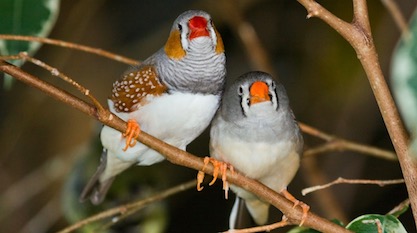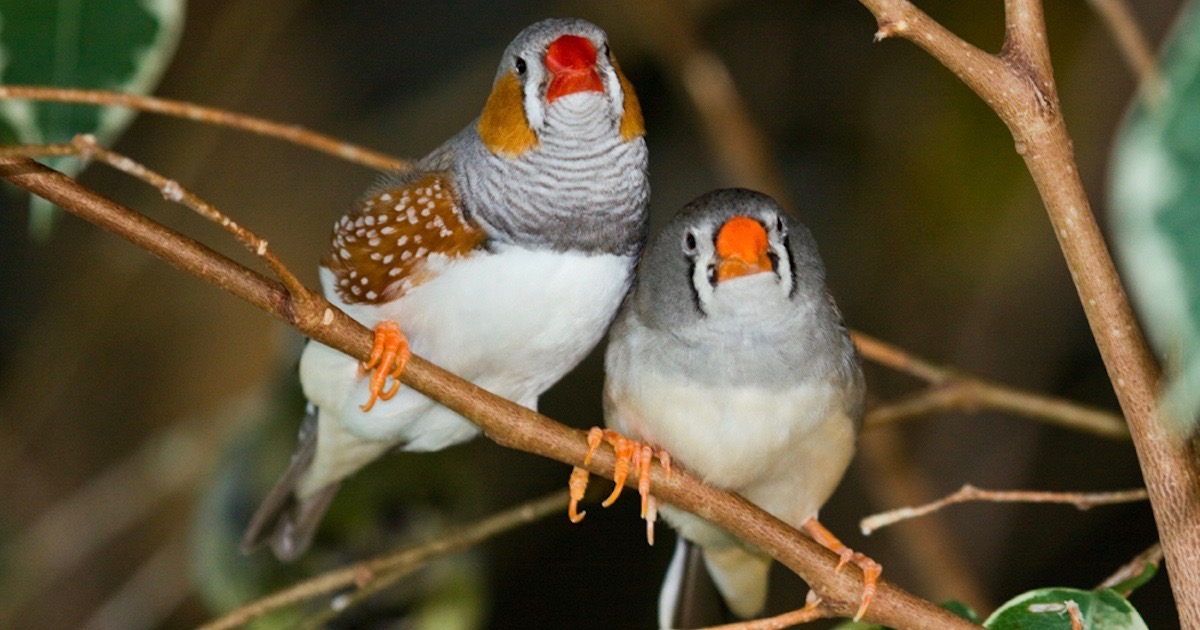 Intelligent Design
Intelligent Design
Do Animals Recognize Beauty?


We have all admired the spectacular, crazy mating dances of birds of paradise, and been startled by their neon coloration. We are moved by the power and grace of a galloping horse or a cougar as it stalks its prey (when seen on TV! I don’t recommend it in person). Why are animals so beautiful? Some claim that it’s because animals choose beautiful mates, that they recognize and appreciate beauty.
I contend that it is much more likely that they choose mates based on physical traits, independent of their beauty. They are wired to appreciate difference, not aesthetics. The traits they choose to respond to could be beautiful or dull. Or even artificial. Here’s an experiment: give a peahen the choice between an ugly colorful picture of a peacock and a beautiful one (remember: beauty means proportion, depth, harmony, richness, and elegance) and see which picture she prefers.
An Abstract Concept
This is only partly tongue in cheek. One must separate beauty from mate choice in order to tell if animals recognize beauty. Beauty is an abstract concept, one of the transcendentals. It is not tied to functionality or usefulness, safety or health. Dangerous things can be beautiful, as can nonfunctional things. Mate choice can depend on random things having nothing to do with beauty or health.
In 1982 Nancy Burley, now at the University of California, Irvine, received some new zebra finches in her lab. She attached leg bands to them to identify the birds. Not long after, she noticed that the birds had developed a preference for particular leg bands. Males preferred females with black and pink bands, and females preferred males with red bands. This choice was completely arbitrary, spontaneous, and independent of fitness. Not particularly correlated with beauty either.
What a Zebra Finch Wants
Melissa Hogenboom at BBC Earth writes:
It seems zebra finches are naturally inclined to value certain signals. This seems peculiar, because unlike the signals encoded in a peacock’s tail, the coloured bands were essentially meaningless.
Burley’s work implies that there is something almost random about the traits that animals evolve to find beautiful. Before her findings, it had been suggested that these traits began as something with a function, and then got exaggerated.
For instance, you might imagine that peacocks first evolved large tails to help stabilise themselves in flight, and that the tails then got bigger and bigger under the influence of females. But it could be that peahens simply liked big tails.
Like humans, Burley’s zebra finches could be made to look more beautiful to their mates by manipulating their appearances. According to Burley, that suggests there are preferences for certain traits or colours hard-wired into their brains. [Emphasis added.]
Just to point out what should be obvious, Hogenboom is anthropomorphizing those finches. Do the finches find some finches beautiful because of their beautiful leg bands? Or rather, do they find some finches more attractive, meaning desirable as a mate, because of their distinctive leg bands? Their admiration is not transferrable to other beautiful things. The finches aren’t going to start admiring sunsets, or Monet. They don’t care about red breasted robins or emerald breasted hummingbirds, either, unless they disturb the domestic peace.
A Link to Sexual Selection?
Our admiration of beauty cannot be linked to sexual selection either. Human beauty transcends waist to hip measurements and symmetrical faces. In the lab, when asked to score pictures of faces for their beauty, people will prefer symmetry. But things are more complicated in real life. Choosing a mate is multi-dimensional, or it should be.
Our appreciation for beauty expands well beyond sexuality. To reiterate, beauty has its roots in proportion, balance, richness, harmony, and elegance, and it is always a gift. Natural beauty of all kinds surrounds us, even if it is just the curl of a baby’s hair on her cheek as she sleeps, or the adoring brown eyes of your Shih Tzu. Our desire for beauty flows into the objects we make, and the homes we inhabit.
So the next time you see a beautiful bird, or an elegant cat, don’t think sexual selection. Think gratitude.
Photo: Zebra finches, by Keith Gerstung from McHenry, IL, United States (Niagara Falls AviaryUploaded by Snowmanradio) [CC BY 2.0], via Wikimedia Commons.
